All about diseases and pests of linden
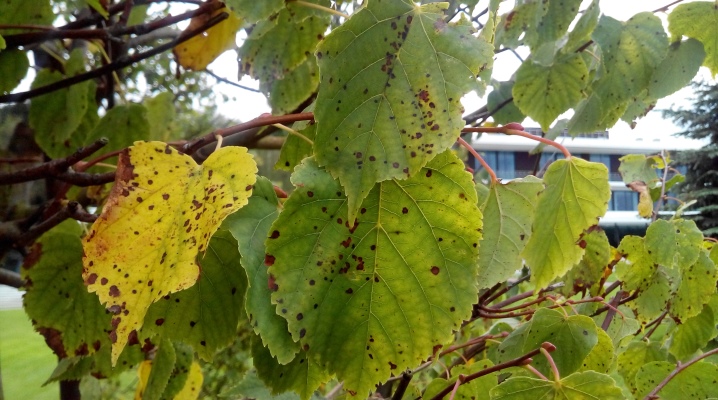
Spreading lindens, which are planted in alleys in parks and in personal plots to create landscape design, like any other plants, are susceptible to diseases and can hurt if the planting is not carried out correctly and in the absence of care. Lindens are one of the most common types of trees that are used in landscaping areas. They can easily handle pruning and are ideal for creating garden hedges and single geometric shapes. Even without regular pruning, such trees fit perfectly into any landscape design options, due to the fact that a healthy tree has a regular oval crown, and in summer, during flowering, envelops the house and the surrounding area with a honey aroma.


Description of diseases
Most often, young plants with weak immunity and lindens growing along highways are sick. A great danger for these trees is infectious diseases that can be quickly transmitted to plants if pruning of diseased and healthy lindens is carried out with the same tool.
Lindens can become infected with various fungal infections and suffer from pests that deprive them of nutrients and vital juices. The first sign of a fungal infection is a change in the appearance of the leaves, which begin to become covered with dark or pink spots, bloom.
As soon as dangerous changes appear on the leaves, it is necessary to treat the tree with various insecticides and healthy pruning of leaves and branches affected by fungi or pests.
In order to properly treat a diseased tree, you need to learn to understand the most common and dangerous linden diseases. This knowledge will save the tree from death with the help of the correct treatment.

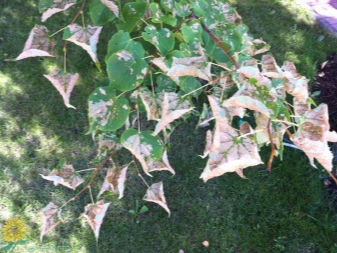
White marble rot
A fairly common fungal infection caused by the fungus Fomes fomentarius Gill. It is also called a real tinder fungus. As a result of tree infection, characteristic symptoms appear:
- hollow and windbreaker;
- cracking of the trunk;
- curvature of the trunks.
Infection can enter a healthy tree through untreated tools that cut diseased branches, or through open cuts of branches that have not been cut or broken. To protect the tree in such a situation, you need to process the cut with a mixture of potassium permanganate solution and crushed chalk. And you should also regularly feed young linden seedlings to strengthen their immunity.
As soon as the tree comes into force, its protective functions will strengthen, and fungal infections of the adult linden will not be scary.
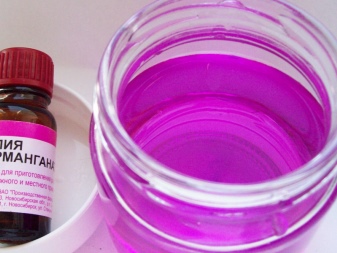
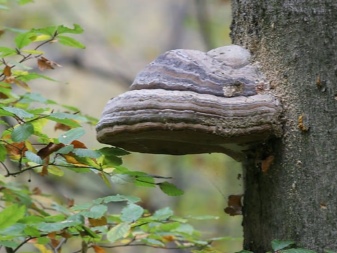
Thyrostromosis
This fungal infection is most common in young lindens. It manifests itself in the form of dark dots and spots on the bark and shoots. In the places of their formation, necrotic processes develop, which then turn into ugly growths on the trunk. A fungus of this species tolerates frost well, hiding from the cold in the depths of the trunk.
In linden, as a result of the development of thyrostromosis, young shoots on the trunk and branches begin to die off, because of which its crown begins to thin out and loses its decorative appearance. In order to restore the foliage involved in the process of photosynthesis, the tree releases root shoots that spoil its appearance. If you do not start treatment in a timely manner, then thyrostromosis can destroy the linden.
For treatment, it is required to prune diseased branches as soon as possible and burn them. All visible lesions on the trunk should be treated with Bordeaux mixture.
The sooner branches infected with a fungal infection are removed, the more chances for young lindens to survive.
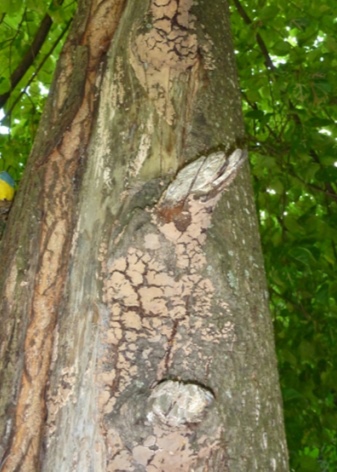
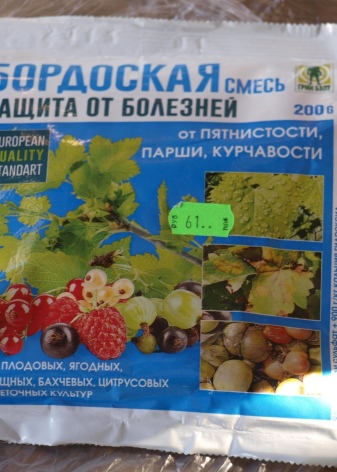
To combat thyrostromosis, the tree should be treated in the spring with HB-101, "Fitosporin" or other antifungal compounds. In the summer, to combat thyrostromosis, you need to water the ground around the roots with these drugs.
The easiest and most affordable way to combat this fungal disease is to trim the crown. All cut branches must be burned, taking branches and foliage to a distant place. You can use a solution of copper sulfate, which is sprayed on the tree. And also you need to loosen the ground and remove weeds.
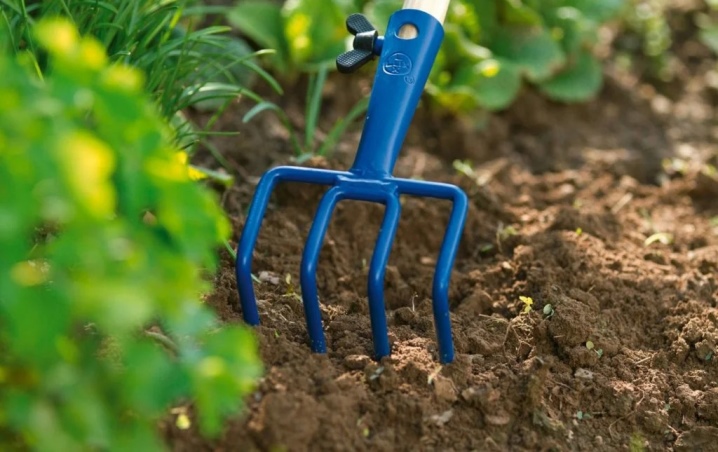
Other diseases
Other fungal diseases include lodging of seedlings. This is due to the fungal infection affecting the root system. Diseased plants begin to turn yellow, lose foliage, and lean towards the ground. The plant dies if treatment is not started in a timely manner.
So that the seedlings do not lie down, before planting, you need to treat the soil with disinfectants.
Another common infection that young lindens suffer from is staining the foliage. They appear at the top of the leaf, have a white center and dark or red border. Soon, leaves with such lesions begin to crumble. With such a disease, leaf fall can begin at any time of the year. You need to fight this infection in the same way as with lodging seedlings: disinfect the soil around the tree, treat branches and leaves with special compounds and cut off infected leaves and branches.
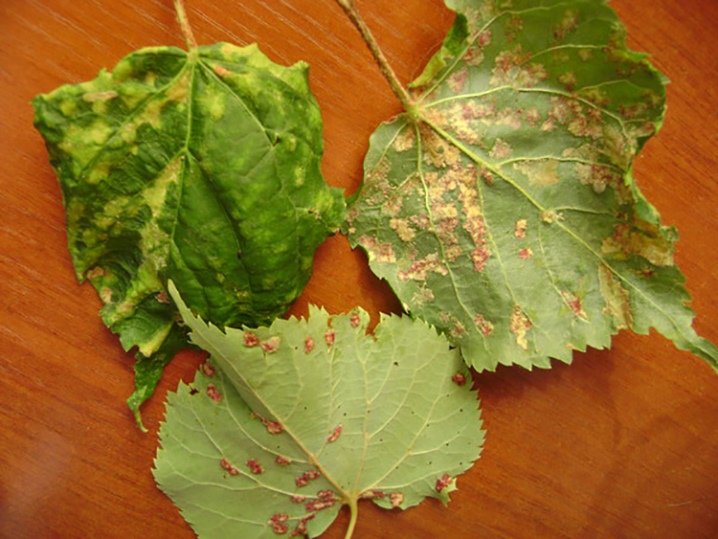
Pest overview
One of the most common types of pests living on linden is the linden felt mite, which is also called the gall mite. Females of the mite lay eggs at the end of summer in the formed gall-cones, which, after emergence, change from green to red. In the spring, an army of mites hatched from the laid eggs move to the kidneys, sucking the juices out of them.
As a result, deformed shoots grow from the buds, which often die.
Linden can be struck by the willow scale insect, which is small. A colony of such pests looks like a white-dirty bloom. The insect sucks juices from the leaf, which leads to its death. A large number of such pests entails the death of the linden. First, the leaves fall, then the flowers and linden fruits begin to wither. After that, rot begins to develop on the trunk and on the roots.
There are many butterflies that lay their eggs on a linden tree. Caterpillars then appear from them, destroying foliage, flowers and all soft parts of the linden. These include butterflies:
- moth;
- the hole is silvery;
- goldtail;
- silkworm;
- leaf roll;
- bear.
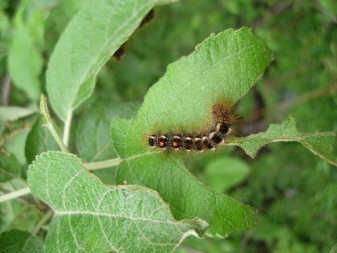
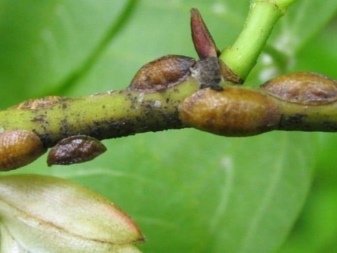
You should be aware that not all caterpillars immediately begin to destroy the linden. So, the caterpillars of the golden-tailed butterfly, after birth, overwinter in the old foliage, and then in the spring they begin to destroy the young buds, foliage and other parts of the linden.
Especially dangerous are leaf rollers, which, having appeared in April, begin to destroy the tree in spring until autumn. The same danger is borne by the silkworm caterpillar, which consistently destroys all the juicy parts of the linden. It is necessary to immediately take measures to combat all pests, otherwise the tree may die. The tree should be treated with insecticides, and old foliage should be removed from the trunk. In addition to chemicals, environmental methods can also be used, attracting birds, installing mechanical traps to collect caterpillars.
Treatment with insecticidal preparations should be carried out in sunny and calm weather, so that all the preparation gets on the foliage and neutralizes the pests.
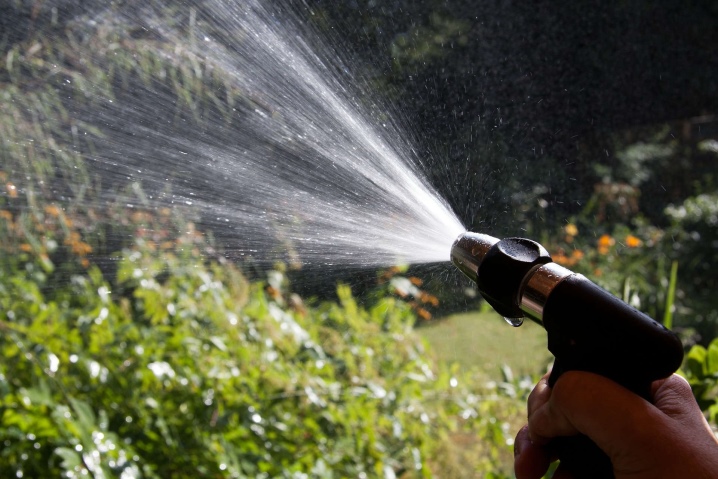
Prophylaxis
In order for linden seedlings to start well and begin to grow quickly, top dressing and watering should be regularly applied. Before planting, the land must be treated with special compounds against fungal infection.Weeding and loosening should be carried out regularly.
Carrying out the entire complex of care will allow the linden to grow to an age at which its immunity becomes stronger and can resist fungal infections.
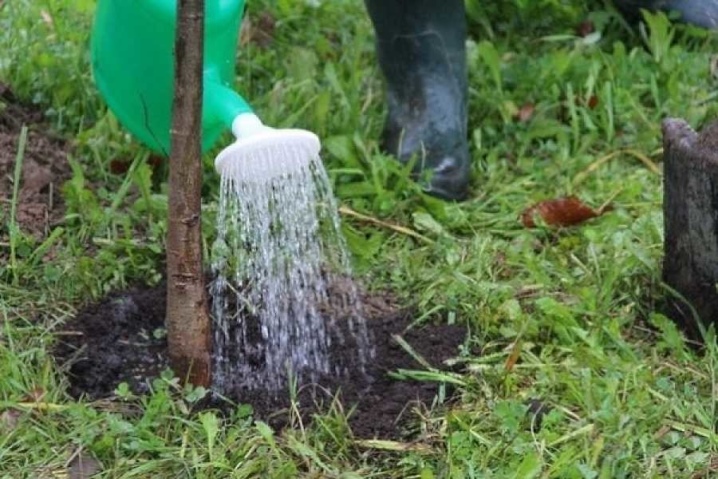
When clipping, make sure that the tool used to trim diseased branches is disinfected before working with healthy trees.
All sections must be treated with Bordeaux liquid or copper sulfate so that the fungal infection does not penetrate them from the air. Planting a young linden tree should be carried out in a previously prepared soil, which must be disinfected. The seedlings should be fed and watered regularly. The soil around the trunk should be weeded.
Recently, injections that protect linden from pests and the development of fungal infections have become very popular. With the help of injections, it is possible to form an increased resistance to negative external factors in the linden. This method of prevention ensures 100% survival rate of seedlings and simplifies the care of the linden tree.
For more information on linden pests, see the next video.



































































The comment was sent successfully.